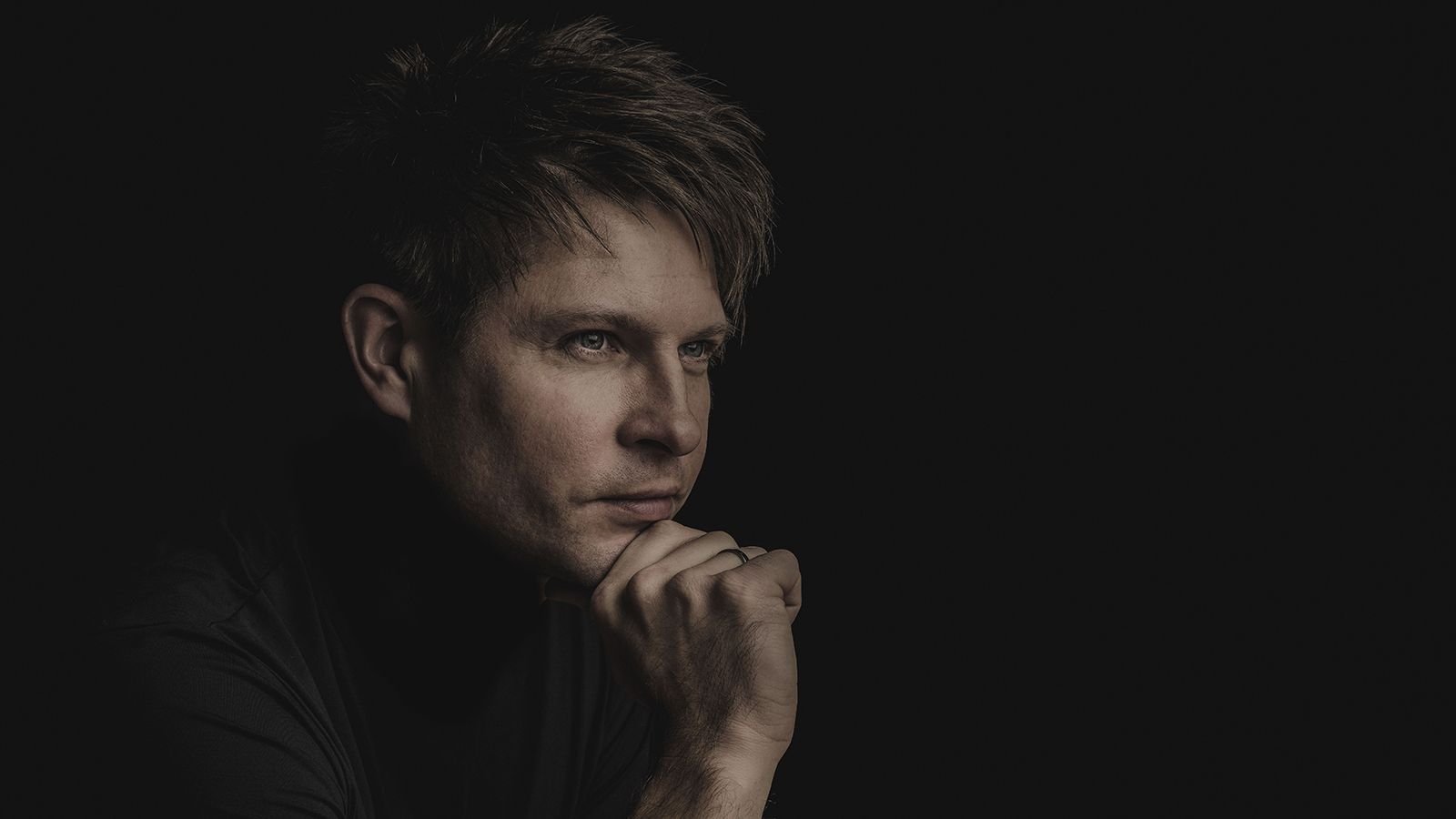Pushing Back with the Dover and Escher Quartets

At the Kennedy Center, the Dover and Escher Quartets push back against the darkness of the moment
Props to the Kennedy Center for keeping its hand in, as the pandemic rages on. The brief, makeshift affair last night in the Opera House – the performers on a platform in front of the orchestra pit facing inwards, the audience on the stage in socially-distanced folding chairs – was uplifting once we got past all of the workarounds and compromises. The program (under the auspices of the Fortas chamber music series) was string octets by George Enescu and Mendelssohn, performed by the Dover and Escher string quartets.
Sadly, actual musical enjoyment was hampered by the decision to amplify the musicians. In chamber music, balances are determined by the composer’s scoring of a given passage and the sensitivity and interpretive choices of the performers. Here, however, the principal factors were the distance from each player to his/her microphone and the levels set by the sound engineer. (This is why I can’t abide Millenium Stage performances.) I won’t belabor all of the unfortunate results last night (the two violists might as well have stayed home), but I urge the presenters to re-think the necessity for this. When the ratio of audience to performers is 5-1, surely an acoustic rendition would be doable.
It was good to hear the Enescu Octet again, a sprawling early work by probably the most gifted musician of the 20th century. Enescu wrote operas and symphonies, was a professional-level pianist who gave solo recitals, taught many of the century’s finest violinists (Menuhin, Grumiaux, Ferras, Haendel, and Gitlis), and was a candidate to replace Toscanini as music director of the New York Philharmonic. His music is eclectic, passing through many different styles; the Octet is clearly influenced by the French romantics Chausson and Franck, but Enescu’s Rumanian spice is always present. The performers (the Dover taking the lead parts) coped with the spread-out spacing and sound-design problems moderately well; it helped that they’d done the piece together several times before. But one could certainly pick out small ensemble flaws if one wished; musicians need to be near one another for complete accuracy (many cues are given simply by a performer sniffing). Still, the sense of “we’re all in this together and we’re going to give it everything, whatever happens” was palpable.
In the Mendelssohn (now with the Escher in the lead parts), ensemble became even looser, and 1st violinist Adam Hartnett-Hart was not always as precise of pitch as one might wish. But again intonation, like ensemble, requires everyone to hear everyone else clearly, so he was at a disadvantage. The virtuoso trill passage in the Scherzo was brilliantly-done, however. This masterpiece always gets the juices flowing – audience and performers – and the sense of triumph with which it ends felt like a push-back on the darkness that the performing arts world is facing.
One hopes that medical advancements will soon make events like this a thing of the past. But for now, the Kennedy Center’s efforts to bring some measure of beauty even to small audiences, is gratifying. Keep hope alive!





